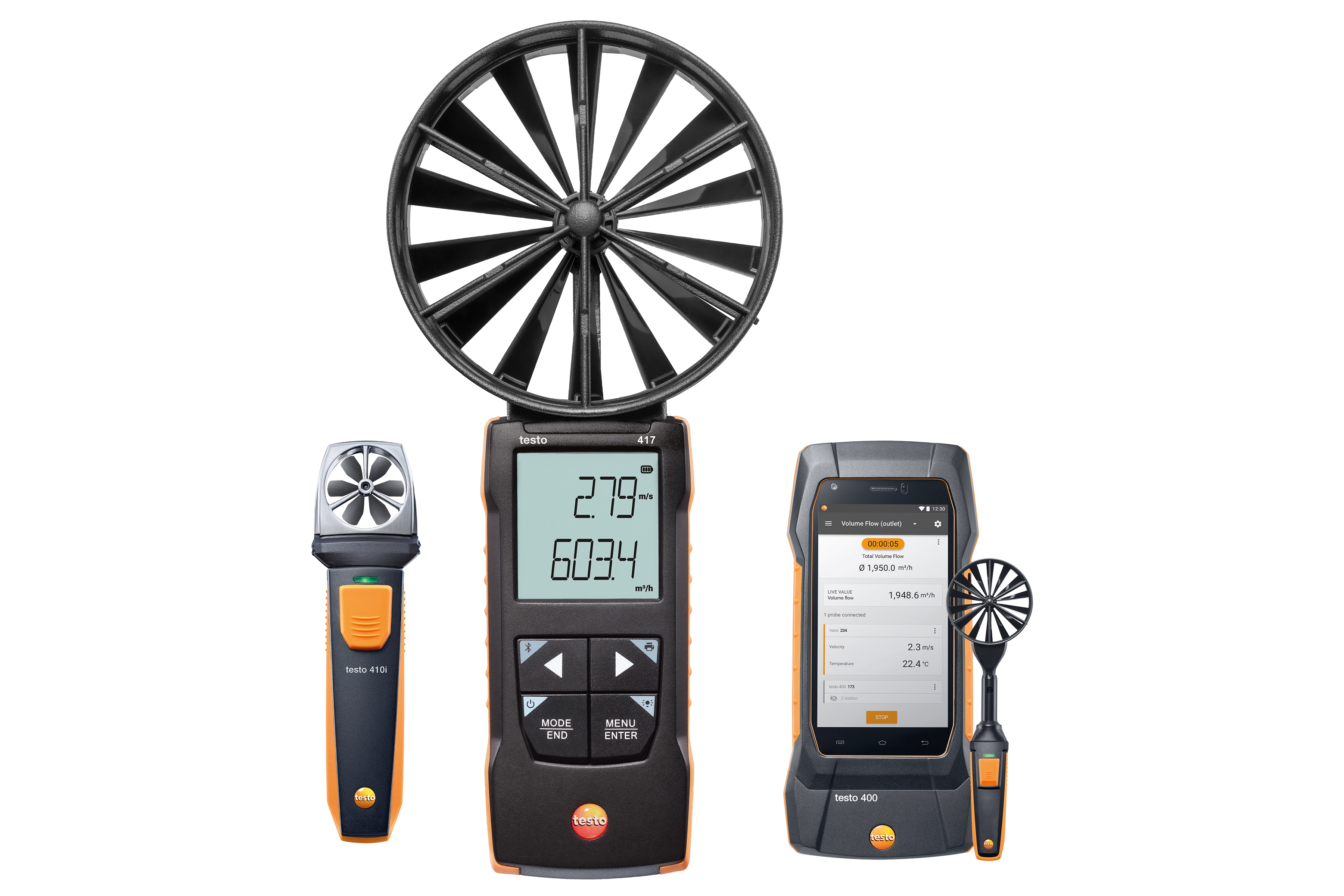Comparing Digital and Mechanical Anemometers: Which is Right for You?
Comparing Digital and Mechanical Anemometers: Which is Right for You?
Blog Article
Anemometers Introduced: Recognizing Their Value in Ecological Surveillance and Precaution
The role of anemometers in environmental surveillance and safety and security measures is typically taken too lightly, yet their value is obvious. These tools have a long background rooted in clinical inquiry and technical improvements, progressing to end up being important tools in numerous fields. From meteorology to aeronautics security, anemometers play an important role in providing exact data that informs decision-making procedures and improves overall security. Comprehending the complexities of anemometers reveals a globe of crucial insights that are fundamental to our understanding of the environment and the actions we require to guarantee safety.
Background of Anemometers
The development of anemometers can be mapped back to the old people where fundamental wind measuring gadgets were initial utilized. These early wind dimension tools laid the foundation for the growth of more innovative anemometers over time. One of the earliest well-known anemometers was the hemispherical cup anemometer created by Leon Battista Alberti in the 15th century. This layout included four hemispherical cups that gathered wind power, providing a measurement of its intensity based upon the rate of turning.
In the 18th century, the distinguished researcher John Thomas Romney Robinson presented the Robinson anemometer, which included four hemispherical cups mounted on horizontal arms that prolonged from a central axis. This style ended up being a criterion in atmospheric dimensions as a result of its precision and integrity. Over the years, advancements in technology resulted in the advancement of more contemporary anemometers, including ultrasonic anemometers and laser Doppler anemometers, using boosted precision and efficiency in determining wind rate and instructions. The background of anemometers showcases an exceptional journey of technology and progression in the area of weather forecasting.
Sorts Of Anemometers
Throughout the field of weather forecasting, different sorts of anemometers have actually been developed to accurately measure wind rate and direction. The most common kind is the cup anemometer, which contains 3 or 4 cups mounted on horizontal arms that rotate with the wind. As the mugs spin, the rate at which they rotate is straight proportional to the wind rate. Another widely utilized type is the vane anemometer, which includes a tail or fin that aligns itself with the wind instructions. This alignment enables the gadget to figure out the wind direction. Sonic anemometers utilize ultrasonic signals to measure wind rate and instructions precisely. They are commonly utilized in research applications because of their high accuracy. Hot-wire anemometers operate based upon the principle that the cooling impact of wind on a heated cord is symmetrical to the wind speed. These anemometers appropriate for determining reduced wind speeds with high accuracy. Each sort of anemometer has its strengths and is chosen based upon the specific demands of the monitoring task handy.
Applications in Weather Forecasting
Having talked about the numerous kinds of anemometers made use of in weather forecasting for measuring wind speed and direction, it is important to discover their sensible applications in the area. Anemometers play an important duty in weather forecasting learn this here now by supplying exact and real-time information on wind problems (anemometer). Meteorologists utilize anemometers to keep an eye on wind speed and direction to forecast weather patterns, issue cautions for severe climate events like hurricanes, tornados, and cyclones, and assess climatic problems for air travel safety
In weather forecasting, anemometers help in understanding neighborhood and local wind patterns, which are vital for forecasting climate modifications and establishing weather trends. These tools are additionally utilized in research to examine microclimates, urban warmth islands, and air contamination dispersion. In addition, anemometers are utilized in agriculture to enhance crop monitoring methods, such as watering and pesticide application, based on wind problems.
Importance in Aeronautics Security
An integral facet of guaranteeing aeronautics security hinges on the precise surveillance of wind conditions making use of anemometers. Anemometers play a critical function in aviation by offering real-time information on wind speed and instructions, aiding pilots in making notified choices during landing, flight, and liftoff. Strong and unforeseeable winds can dramatically impact airplane procedures, making it important for aeronautics authorities to rely upon accurate wind dimensions to ensure the security of travelers and staff.

In the dynamic setting of aviation, where also small adjustments in wind rate and direction can have extensive results, anemometers stand as essential tools for advertising safe and safe flight.
Duty in Environmental Research
Anemometers play a critical function in ecological research by supplying vital information on wind rate and instructions. By properly gauging wind features, anemometers aid scientists assess the activity of contaminants in the air, examine pop over here the effect of industrial emissions, and predict the spread of contaminants in the setting.


Verdict
In conclusion, anemometers have actually played an important role in ecological monitoring and safety and click here to read security procedures. Recognizing the relevance of anemometers is crucial for precisely measuring wind rate and instructions, which is important for forecasting weather condition patterns, making certain risk-free aeronautics operations, and performing environmental researches.
One of the earliest recognized anemometers was the hemispherical mug anemometer created by Leon Battista Alberti in the 15th century. Over the years, advancements in technology led to the growth of more contemporary anemometers, consisting of ultrasonic anemometers and laser Doppler anemometers, providing boosted precision and effectiveness in gauging wind speed and direction. Hot-wire anemometers run based on the concept that the cooling effect of wind on a warmed cord is proportional to the wind speed. Meteorologists make use of anemometers to monitor wind speed and instructions to anticipate weather patterns, problem cautions for extreme weather events like twisters, tornados, and storms, and evaluate atmospheric problems for aviation safety.
Comprehending the importance of anemometers is vital for precisely gauging wind rate and instructions, which is crucial for forecasting climate patterns, ensuring safe aviation procedures, and performing ecological researches. (anemometer)
Report this page